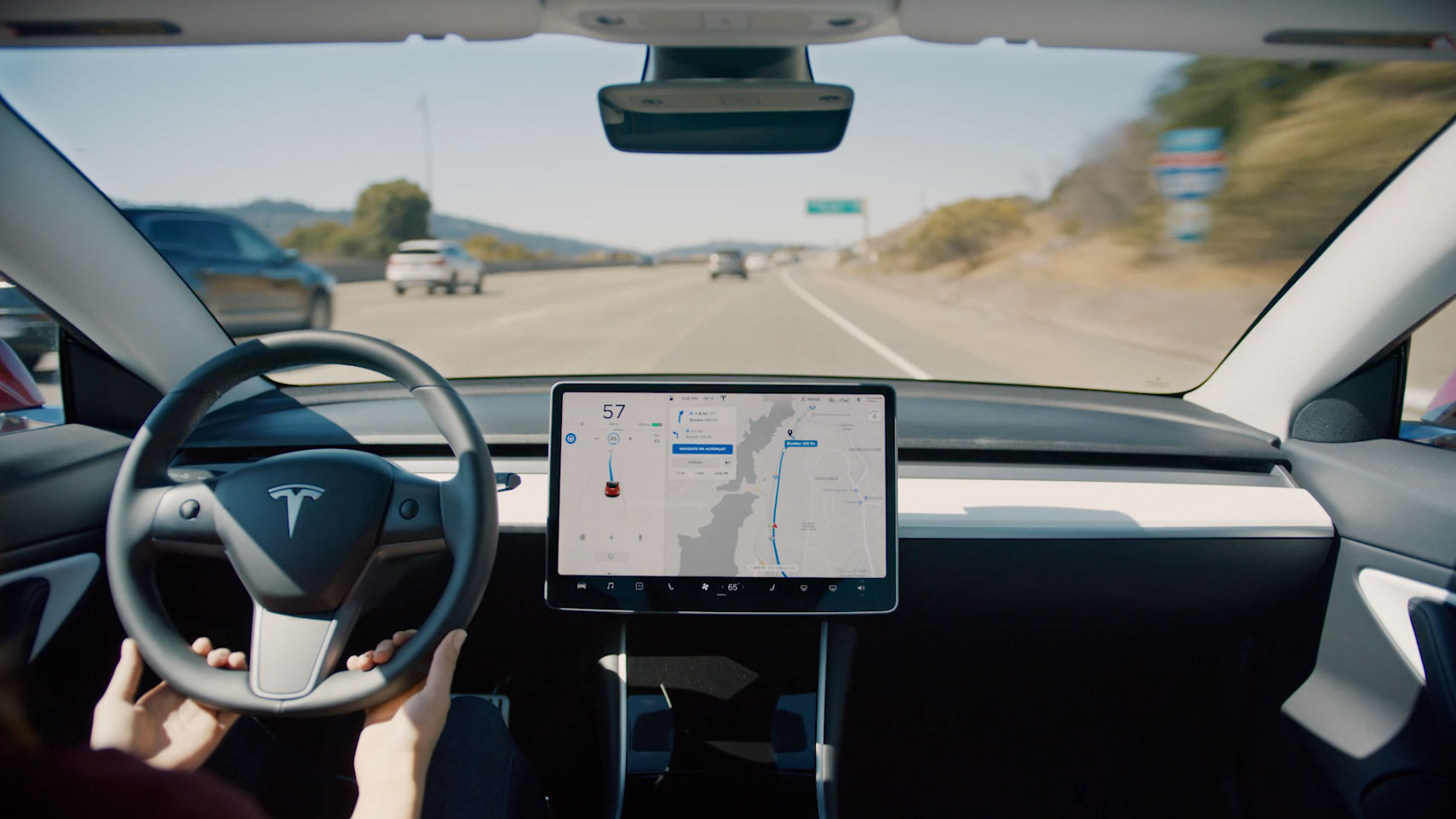
Intense financial scrutiny has converged on OpenAI, a leading force in generative artificial intelligence, as newly disclosed internal documents offer an unprecedented glimpse into its intricate financial relationship with major investor Microsoft. These revelations, brought to light by tech blogger Ed Zitron, illuminate key aspects of OpenAI’s revenue generation and, perhaps more critically, its substantial compute expenditures over the past two years. The information surfaces at a pivotal moment, as the company navigates frenzied dealmaking and speculation about a potential initial public offering, fueling both excitement and skepticism about the economic realities of the burgeoning AI sector.
The Microsoft-OpenAI Nexus: A Strategic Alliance Unveiled
The strategic partnership between Microsoft and OpenAI stands as one of the most significant collaborations in modern technology. Microsoft’s multi-billion dollar investment, reportedly exceeding $13 billion across various rounds since 2019, has been instrumental in OpenAI’s rapid ascent. This capital injection, coupled with access to Microsoft’s vast Azure cloud infrastructure, has provided OpenAI with the necessary resources to develop and deploy groundbreaking large language models like GPT-3, GPT-4, and the widely adopted ChatGPT. For Microsoft, the alliance represents a strategic imperative: securing a leading position in the AI race, integrating cutting-edge AI capabilities into its product ecosystem, and significantly bolstering its Azure cloud service against fierce competition from Amazon Web Services (AWS) and Google Cloud.
Initially structured with OpenAI as a non-profit research entity, the organization later transitioned to a "capped-profit" model, allowing it to raise substantial capital while maintaining its core mission. Microsoft’s investment cemented its status as the exclusive cloud provider for OpenAI’s research and product development, a critical advantage given the immense computational demands of training and running advanced AI models. This symbiotic relationship, however, has often been opaque regarding its financial mechanics, making the recent leaks particularly valuable for understanding the true economic interplay.
Unpacking the Intertwined Revenue Dynamics
According to the documents viewed by Ed Zitron, Microsoft received a substantial share of revenue payments from OpenAI. Specifically, Microsoft’s share amounted to $493.8 million in 2024. This figure saw a significant increase in the first three quarters of 2025, reaching $865.8 million. These payments are understood to be part of a broader revenue-sharing agreement, widely reported to be a 20% cut of OpenAI’s revenue that Microsoft receives in exchange for its considerable investment and provision of compute resources. However, neither OpenAI nor Microsoft has publicly confirmed this specific percentage, adding a layer of unofficial estimation to the analysis.
The financial arrangement is, however, more complex than a simple one-way transfer. Sources familiar with the matter indicate a reciprocal revenue-sharing mechanism. Microsoft reportedly funnels back approximately 20% of the revenues it generates from services powered by OpenAI’s technology, primarily its Bing search engine and the Azure OpenAI Service. Bing has integrated OpenAI’s models to enhance its search capabilities, while the Azure OpenAI Service offers businesses and developers cloud access to OpenAI’s sophisticated models. This creates a circular flow of funds, where both entities benefit from the commercialization of OpenAI’s innovations.
A crucial nuance highlighted by the leaks is that the reported payments to Microsoft represent a "net revenue share." This means the figures do not include the amounts Microsoft might have paid to OpenAI as royalties from Bing and Azure OpenAI Service. Instead, these amounts are reportedly deducted by Microsoft from its internal revenue share calculations, presenting a net sum. This accounting method makes it challenging for external observers to ascertain the gross revenue flow between the two companies, further obscuring the full financial picture. Without Microsoft publicly detailing its specific earnings from Bing’s AI integration or the Azure OpenAI Service, a comprehensive assessment of the total financial relationship remains an educated inference rather than a precise calculation.
Estimating OpenAI’s Top Line and Market Aspirations
Despite the complexities of the revenue-sharing agreement, the leaked figures allow for an inference of OpenAI’s overall revenue, assuming the widely reported 20% revenue-share statistic holds true. Based on this premise, OpenAI’s revenue would have been at least $2.5 billion in 2024, and approximately $4.33 billion in the first three quarters of 2025. These inferred figures largely align with previous reports from other financial news outlets. For instance, The Information previously reported OpenAI’s 2024 revenue at around $4 billion, and its revenue from the first half of 2025 at $4.3 billion. The consistency across these different data points lends credibility to the overall scale of OpenAI’s financial performance.
Adding to the picture, OpenAI CEO Sam Altman has frequently offered optimistic projections regarding the company’s financial trajectory. He recently stated that OpenAI’s revenue is "well more" than the $13 billion annually that some reports suggested, and projected that the company would end the year with an annualized revenue run rate exceeding $20 billion. Altman has even expressed an ambitious target of reaching $100 billion in revenue by 2027, signaling a fervent belief in the exponential growth potential of AI. These public statements, while projections rather than audited guidance, significantly influence market expectations and investor sentiment around OpenAI’s valuation and future prospects.
The Mounting Cost of AI Operations: Inference vs. Training
While revenue generation is a key metric, the leaked documents also provide critical insights into OpenAI’s substantial operational costs, particularly concerning compute resources. The process of developing and deploying AI models involves two primary, compute-intensive stages: training and inference. Training refers to the initial, highly resource-demanding phase where a model learns from vast datasets. Inference, on the other hand, is the compute power required to run a trained AI model to generate responses or perform tasks in real-world applications.
According to the analysis by Ed Zitron, OpenAI’s expenditure on inference alone was approximately $3.8 billion in 2024. This cost dramatically escalated in the first nine months of 2025, reaching an estimated $8.65 billion. These figures are staggering and highlight the immense computational horsepower required to keep OpenAI’s services operational and responsive to a global user base. Previous reports on OpenAI’s total compute spend estimated it at roughly $5.6 billion for 2024, and its "cost of revenue" at $2.5 billion for the first half of 2025. The new inference figures suggest that a significant portion, if not the majority, of these operational costs are tied directly to serving live user requests.
A critical distinction, according to sources familiar with the company’s operations, is the nature of these expenditures. While OpenAI’s training spend is largely "non-cash," meaning it is often covered by credits awarded by Microsoft as part of its investment agreement, the firm’s inference spend is predominantly "cash." This implies that the costs associated with running and deploying the trained models for commercial use represent a direct and significant cash outflow for OpenAI. This distinction is vital for understanding the company’s cash burn rate and its path to sustainable profitability.
Historically, OpenAI has primarily relied on Microsoft Azure for its extensive compute needs. However, the sheer demand for AI processing power has led OpenAI to diversify its infrastructure. The company has also forged deals with other cloud and specialized hardware providers, including CoreWeave, Oracle, and more recently, Amazon Web Services (AWS) and Google Cloud. This diversification underscores the colossal and ever-growing appetite for Graphics Processing Units (GPUs) and specialized AI accelerators, which are currently in high demand and short supply globally, pushing up compute costs across the industry.
The AI Profitability Conundrum and Market Impact
The implied financial picture from these leaks raises significant questions about OpenAI’s current profitability. When comparing the inferred revenue figures with the reported inference costs, particularly the substantial cash outlay for inference, it suggests that OpenAI could potentially be spending more on operating its models than it is generating in revenue. This potential imbalance, even for a market leader, introduces a complex dynamic into the broader conversation about the economic viability of generative AI.
The implications for Microsoft are also considerable. The investment in OpenAI has been a massive bet on the future of AI and its integration into Microsoft’s core products. The success of Azure OpenAI Service and the enhanced Bing search capabilities are crucial for Microsoft’s competitive positioning. The financial interplay, therefore, is not merely about revenue shares but about reinforcing a strategic advantage in a rapidly evolving technological landscape. Microsoft’s willingness to absorb substantial costs, through credits for training and potentially through the reciprocal revenue share, indicates the immense value it places on its partnership with OpenAI.
More broadly, these insights resonate across the AI ecosystem. If even OpenAI, a heavily funded and market-leading entity, faces such substantial operational costs, it begs the question of what this means for the myriad of other AI startups and even larger tech companies investing heavily in the field. The barrier to entry, in terms of compute resources and ongoing operational expenses, appears to be exceptionally high, potentially consolidating power among those with deep pockets and established cloud infrastructure.
Fueling the "AI Bubble" Discourse
The notion that OpenAI might be operating with a significant cash burn, particularly on inference costs, inevitably adds fuel to the persistent "AI bubble" chatter. This discourse, which has permeated discussions from financial centers to Silicon Valley, questions whether the current valuations and investment levels in AI are sustainable, or if the industry is experiencing an inflated period akin to the dot-com bubble of the late 1990s.
Proponents of the "AI bubble" theory point to the staggering valuations of AI companies, often based on future potential rather than current profitability. High operational costs and a potential negative margin on core services would certainly amplify these concerns, suggesting that the path to profitability for many AI ventures might be longer and more challenging than widely assumed. The argument posits that while AI is undoubtedly transformative, the economic models for its widespread deployment might not yet be fully mature or economically viable at scale.
Conversely, those who dismiss the "bubble" narrative argue that the current phase represents a foundational investment in a truly paradigm-shifting technology. They contend that companies like OpenAI are in an infrastructure-building phase, akin to early internet companies that prioritized growth and market dominance over immediate profits. The immense value created by AI, they argue, will eventually justify these upfront investments and operational costs, leading to unprecedented economic growth and new business models.
The leaked documents, while not offering a complete financial audit, provide a rare and valuable window into the economic realities underpinning one of the most impactful technological collaborations of our time. They underscore the complex, symbiotic, and financially intricate relationship between OpenAI and Microsoft, while simultaneously highlighting the formidable costs associated with bringing advanced artificial intelligence to the world. As the AI industry continues its rapid expansion, the ultimate profitability and sustainability of these endeavors will remain a critical point of focus for investors, analysts, and the global technology community. OpenAI declined to comment on the matter, and Microsoft did not respond to inquiries regarding the leaked information.



